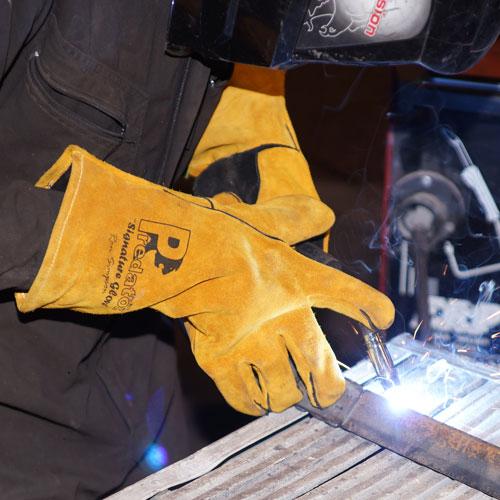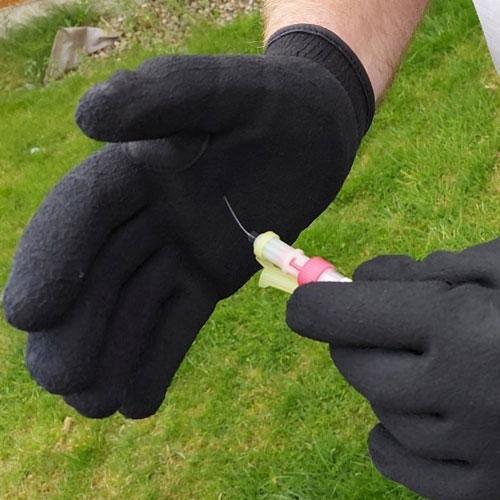The Importance of Hand Protection
It’s no secret that our hands are essential to both life and work; arguably one of our most valuable body parts. We use them to get dressed on a morning, to tie our laces, to eat, drink, and hold our child’s hand near a busy road. With that in mind, it is essential to look after our hands and protect them wherever possible.
It was recorded by Nimble Fins that, in terms of general parts of the body, upper limbs are the most commonly injured in workplace-related accidents in Great Britain. These 26,139 RIDDOR-reported finger, thumb, hand, wrist or arm injuries accounted for a surprising 23% of all workplace injuries – see a breakdown of the incident figures below:
- 7,579 incidents with injuries to one or more fingers/thumbs
- 4,814 incidents with injuries to the wrists
- 4,677 incidents with injuries to the hands
It is reported that 70% of upper limb injuries result in over 7 days absence from work, which can significantly impact both the injured and the employer.
Most common cause of injury
According to published data, the most common cause of non-fatal injury is related to handling, lifting and carrying (20%), which could refer to hand or wrist sprains and injuries. Looking a little further down the list, the 5th most common cause is related to contact with moving machinery (7%), which could refer to cuts, lacerations, or more severely, amputations.
The most ‘at-risk’ industries include:
- Agriculture, forestry and fishing
- Electrical, plumbing and other construction installation activities
- Construction
- Wholesale and retail trade; repair of motor vehicles and motorcycles
When considering the number of injuries rather than the rate of injuries, the industries change to:
- Wholesale and retail trade; repair of motor vehicles and motorcycles
- Human health and social work activities
- Manufacturing
- Construction
Costs to employees
Looking at both human and financial elements, the HSE reports that on average, non-fatal accidents cost the employee £370 for up to 6 days, or a staggering £19,000 when incapacitated for over 7 days.
Costs to employers
According to the HSE, a non-fatal injury will cost a business £1,400 on average, although this figure increases by almost 4 times to £5,100 when injuries incapacitate for 7 days or more.
As an employer of staff who work around measured risks, you are responsible for the welfare and protection of your employees. This means that if your staff are not properly equipped to do the job safely and efficiently, you may be liable when injuries do occur. For example, you may be required to pay out via employers’ liability insurance to compensate for ‘quality of life losses’ – which was the case over 79,000 times between 2019 and 2020, as recorded on the Government website
In Summary
As you can take from the above, the impact and cost of injuries in the workplace can be significant and so it is imperative to ensure that staff are properly equipped to do the job.
Luckily, we have a vast portfolio of hand protection solutions which suit a multitude of industries – striving to keep your staff safe at all times.
If you or your company require any tailored solutions, please do not hesitate to contact us using the below:
Call – 01653 617718
Email – sales@just1source.com







